Content
FDA approved for more than 25 years
The Ultimate Guide to Glycerin for Hair: Benefits, Uses, and Tips
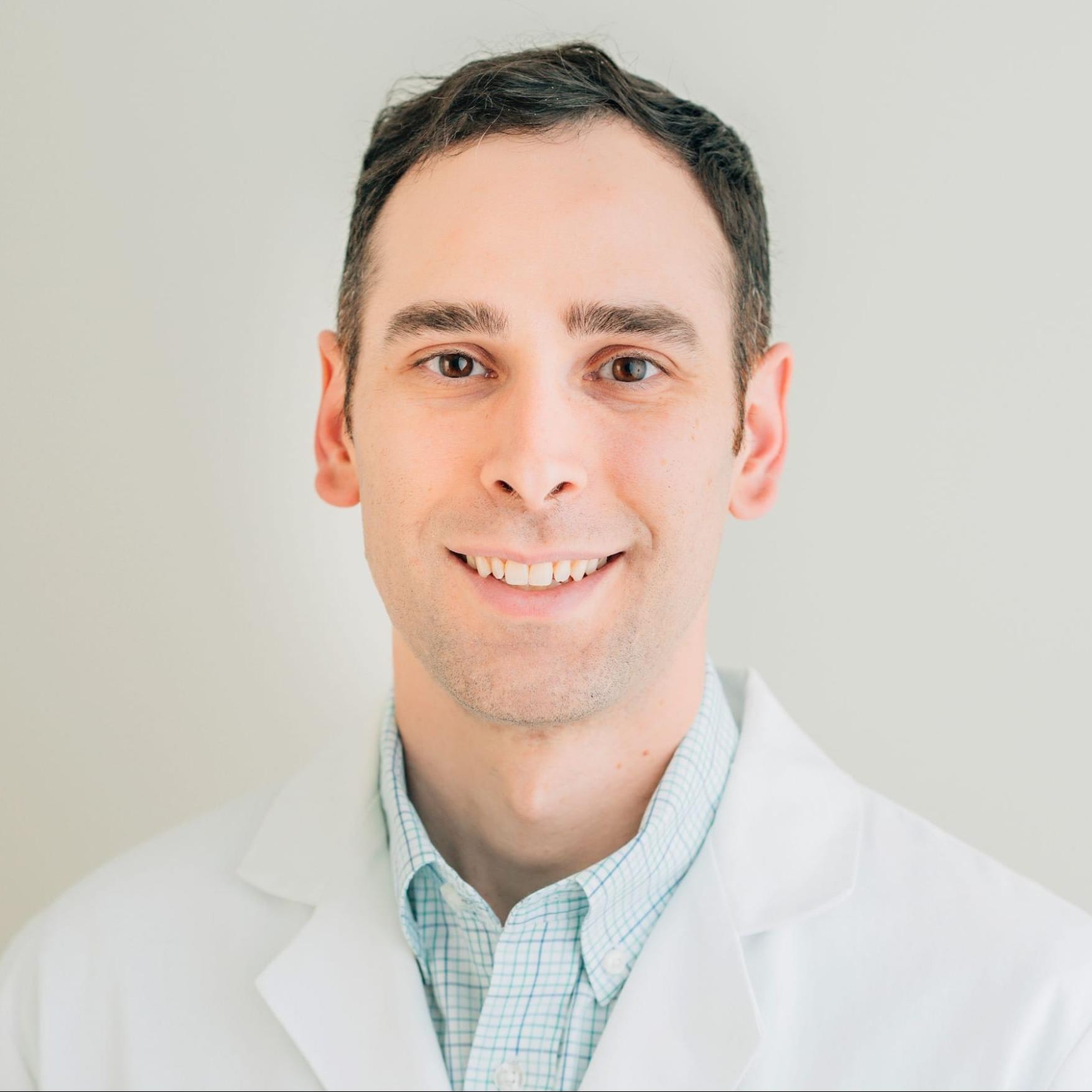
When you check out the labels of most haircare products, you'll often spot the same ingredients over and over. There's almost always water, maybe some alcohol, and more and more, you'll see glycerin. It turns out there are some really good reasons glycerin keeps popping up in hair and skincare products.
In this article, we'll dive into everything about glycerin and hair: what it is, how it works, and whether using glycerin for hair growth is a good idea. Keep reading to learn more.
Content
What is Glycerin?
Glycerin, sometimes called glycerol, is a sugar alcohol derived from certain plant and animal fats (like coconut oil, beef tallow, shea butter, or petroleum). Typically when you see the ingredient used in a product, it’s vegetable glycerin derived from plants.
Glycerin is also said to be the most effective humectant, meaning it can pull moisture from the environment and draw it into skin and hair. For this reason, it’s a deeply hydrating ingredient.
Glycerin also creates a barrier that helps to lock moisture in. So in short, glycerin delivers moisture to hair and skin and works to keep it there.
Glycerin Benefits For Hair
Glycerin is generally cheap and highly effective, so you’ll find it in many personal care products.
But what does glycerin do for hair? We’re glad you asked. Below we’ll cover glycerin benefits for hair.
Glycerin Moisturizes and Hydrates Hair
Glycerin helps to hydrate the hair and scalp by drawing moisture from the environment, which can lead to healthier hair. A 2017 study found that glycerin can keep skin significantly more hydrated as long as 24 hours after application. Conditioned hair may also be less prone to damage.
Glycerin Softens Hair
Because of its conditioning properties, glycerin can make hair feel softer. Glycerin also helps to close and smooth the hair cuticle, and when the hair shaft has a closed cuticle, hair looks shinier.
Glycerin Moisturizes the Scalp
Glycerin is commonly used in beauty products because of its moisturizing properties. Considering the scalp is made of skin, it makes sense that glycerin would be hydrating there, too. You may not give too much thought to keeping your scalp moisturized, but a hydrated scalp sets the stage for healthy hair, as oil from the scalp helps to condition hair.
Glycerin May Aid in Dandruff Reduction
When the scalp is hydrated, it can help reduce certain scalp conditions like dandruff. One study found that a leave-in treatment made with ten percent glycerin can help to reduce dandruff. The treatment was used three times a week for eight weeks, and the scalp benefits continued for up to a week without any treatment.
Research shows that glycerin naturally has antimicrobial properties, which can also help keep dandruff and other scalp conditions caused by scalp fungus or yeast (like scalp ringworm) at bay.
Glycerin Improves Skin Barrier Function
The skin barrier helps protect the body from external threats like toxins, infections, and chemicals. It also plays a role in regulating transdermal water loss, so when it’s strong, the skin stays hydrated. The study mentioned above also found that glycerin improved skin barrier function.
Helps Fight Frizz and Split Ends
Hydrated hair is generally less prone to frizz and split ends because the moisture helps to seal the hair. Dry hair is often more prone to breakage, split ends, and overall damage because it becomes brittle and less pliable than well-moisturized strands.
What Hair Type Is Glycerin Best For?
While glycerin is generally well-tolerated, its moisturizing properties may make it best for people with frizzy, dry, or curly hair.
Some people also wonder, Is glycerin bad for hair? A safety assessment of glycerin used in cosmetics found that glycerin is safe when used as a cosmetic ingredient.
Who Should Not Use Glycerin?
Generally, anyone can use glycerin. However, if you live in an extremely dry environment, it’s possible that glycerin will actually pull moisture from your hair into the air, which is the opposite of what you want if you want hydrated hair.
If you’ve recently colored your hair, allow one to two washes before using glycerin products, as they could potentially strip the hair.
How To Use Glycerin For Hair
Glycerin is found in many over-the-counter and prescription hair care products, including our hair loss spray with ketoconazole and biotin (this product is prescription as it contains finasteride). You can also make DIY glycerin hair products at home. Glycerin is generally very affordable and available online or at certain grocery stores.
Generally, you’ll need about a quarter cup of glycerin to make a hair mask and around two tablespoons of glycerin for a leave-in spray. Some people like to add honey (another natural humectant), rosewater, olive oil, distilled water, or aloe vera gel. You can experiment with the ratio of ingredients, but glycerin should be the most prominent.
If you’re making a hair mask, allow it to sit on dry or damp hair for thirty minutes, then rinse thoroughly. You can look up glycerin DIY glycerin deep conditioning masks for specific recipes.
Glycerin For Hair Growth
As we discussed, glycerin works well to keep the scalp hydrated and flake-free, which can be beneficial for hair growth. While dandruff and other scalp conditions that cause an itchy scalp, like seborrheic dermatitis, aren’t known to cause hair loss directly, itching is associated with temporary hair loss, as intense scratching can damage hair follicles.
While glycerin benefits hair health due to its moisturizing properties, it is not typically used as a primary treatment for hair loss.
If you’re looking for proven hair loss treatments, topical minoxidil, and oral finasteride are two popular treatments for hair loss.
Minoxidil is a topical solution or foam applied directly to your scalp. It's known for boosting blood flow to the hair follicles, which helps extend the growth phase of your hair and encourages regrowth. People usually use it twice a day, and while it can cause some scalp irritation or dryness, it's a go-to for both men and women dealing with pattern baldness.
Topical minoxidil is approved by the U.S. Food & Drug Administration (FDA) specifically for treating male pattern baldness. Still, sometimes, oral minoxidil is prescribed off-label for hair loss, typically in people who find the upkeep of a topical product difficult.
Finasteride is a medication taken once daily, specifically targeting male pattern baldness. It works by reducing levels of dihydrotestosterone (DHT), a hormone that can shrink hair follicles and lead to hair loss.
Topical finasteride is also an option, which some people prefer because side effects are localized to the application site.
Minoxidil and finasteride can also be taken together, which research shows is more effective than either alone.
The following treatments are available through our platform following a consultation with one of our healthcare professionals:
Glycerin For Hair: The Final Word
TL;DR? No worries. Here’s a recap of the benefits of glycerin for hair health.
Glycerin is a powerful humectant that hydrates, softens, and protects hair, making it a helpful ingredient for anyone looking to improve their hair's health and manageability.
While glycerin is beneficial for most hair types, it's especially effective for dry or frizzy hair and those who live in at least a slightly humid climate. In very dry climates, it may not be as effective because there isn’t much moisture to take in.
Whether you choose to use over-the-counter products or create your own glycerin-based hair treatments at home, there are plenty of options to incorporate the versatile (and affordable) ingredient into your hair care routine.
If you’re disappointed to find out that glycerin is not a magical cure for hair loss, you can talk with a healthcare professional about your hair loss, and get advice on how to treat and even reverse balding with proven treatments for hair loss.
If you’re interested in learning more about products for hair growth, check out our post on the five best hair growth products for men.
8 Sources
- AAD. (n.d.). How to stop damaging your hair Retrieved from https://www.aad.org/public/diseases/hair-loss/insider/stop-damage
- Agner T, et al. (2016). Skin barrier function. Retrieved from https://www.ncbi.nlm.nih.gov/pmc/articles/PMC5967208/
- Chen L, et al. (2019). The Efficacy and Safety of Finasteride Combined with Topical Minoxidil for Androgenetic Alopecia: A Systematic Review and Meta-analysis. Retrieved from https://cdn.mednet.co.il/2012/05/the-efficacy-and-safety-of-finasterideminoxidil.pdf
- Harding CR, et al. (2014). A high glycerol-containing leave-on scalp care treatment to improve dandruff. Retrieved from https://pubmed.ncbi.nlm.nih.gov/25134312/
- Milani M, et al. (2017). The 24-hour skin hydration and barrier function effects of a hyaluronic 1%, glycerin 5%, and Centella asiatica stem cells extract moisturizing fluid: an intra-subject, randomized, assessor-blinded study
- Sethi A, et al. (2016). Moisturizers: The Slippery Road. Retrieved from https://www.ncbi.nlm.nih.gov/pmc/articles/PMC4885180/
- Stout EI, et al. (2012). Glycerin-Based Hydrogel for Infection Control. Retrieved from https://www.ncbi.nlm.nih.gov/pmc/articles/PMC3839013/
- Vázquez-Herrera NE. (2018). Scalp Itch: A Systematic Review. Retrieved from https://www.ncbi.nlm.nih.gov/pmc/articles/PMC6120392/
Editorial Standards
Hims & Hers has strict sourcing guidelines to ensure our content is accurate and current. We rely on peer-reviewed studies, academic research institutions, and medical associations. We strive to use primary sources and refrain from using tertiary references. See a mistake? Let us know at [email protected]!
This article is for informational purposes only and does not constitute medical advice. The information contained herein is not a substitute for and should never be relied upon for professional medical advice. Always talk to your doctor about the risks and benefits of any treatment. Learn more about our editorial standards here.
Knox Beasley, MD
Education
Bachelor of Science, Life Sciences. United States Military Academy.
Doctor of Medicine. Tulane University School of Medicine
Training
Dermatology Residency. San Antonio Uniformed Services Health Education Consortium
Certifications
Board Certified. American Board of Dermatology
Medical Licenses
Dr. Beasley is licensed in all 50 states
Affiliations & Memberships
Fellow, American Academy of Dermatology
Specialties & Areas of Focus
Hair Loss, Dermatology
Years of Experience
10 years of clinical practice as a Dermatologist
Previous Work Experience
Medical Director - YouHealth Medical Groups, 2025–
Private practice, 2024–
Chief of Dermatology - , 2015–2019
Publications
Wilson, L. M., Beasley, K. J., Sorrells, T. C., & Johnson, V. V. (2017). Congenital neurocristic cutaneous hamartoma with poliosis: A case report. Journal of cutaneous pathology, 44(11), 974–977.
Banta, J., Beasley, K., Kobayashi, T., & Rohena, L. (2016). Encephalocraniocutaneous lipomatosis (Haberland syndrome): A mild case with bilateral cutaneous and ocular involvement. JAAD case reports, 2(2), 150–152.
Patterson, A. T., Beasley, K. J., & Kobayashi, T. T. (2016). Fibroelastolytic papulosis: histopathologic confirmation of disease spectrum variants in a single case. Journal of cutaneous pathology, 43(2), 142–147.
Beasley, K., Panach, K., & Dominguez, A. R. (2016). Disseminated Candida tropicalis presenting with Ecthyma-Gangrenosum-like Lesions. Dermatology online journal, 22(1), 13030/qt7vg4n68j.
Kimes, K., Beasley, K., & Dalton, S. R. (2015). Eruptive milia and comedones during treatment with dovitinib. Dermatology online journal, 21(9), 13030/qt8kw141mb.
Miladi, A., Thomas, B. C., Beasley, K., & Meyerle, J. (2015). Angioimmunoblastic t-cell lymphoma presenting as purpura fulminans. Cutis, 95(2), 113–115.
Beasley K, Dai JM, Brown P, Lenz B, Hivnor CM. (2013). Ablative Fractional Versus Nonablative Fractional Lasers – Where Are We and How Do We Compare Differing Products?. Curr Dermatol Rep, 2, 135–143.
Siami P, Beasley K, Woolen S, Zahn J. (2012). A retrospective study evaluating the efficacy and tolerability of intra-abdominal once-yearly histrelin acetate subcutaneous implant in patients with advanced prostate cancer. UroToday Int J, June 5(3), art 26.
Siami P, Beasley K. (2012). Dutasteride with As-Needed Tamsulosin in Men at Risk of Benign Prostate Hypertrophy Progression. UroToday Int J, Feb 5(1), art 93. https://www.urotoday.com/volume-5-2012/vol-5-issue-1/48691-dutasteride-with-as-needed-tamsulosin-in-men-at-risk-of-benign-prostatic-hypertrophy-progression.html
Why I Practice Medicine
Dr. Beasley began doing telemedicine while serving in the U.S. Army, providing dermatologic care for soldiers stationed around the world. This experience sparked his passion for telemedicine and inspired his commitment to expanding access to healthcare for patients across the United States.
Hobbies & Interests
In his free time, Dr. Beasley enjoys cooking, reading, and trips to the beach with his wife and two kids (with sunscreen of course).
Related Articles
Related Conditions
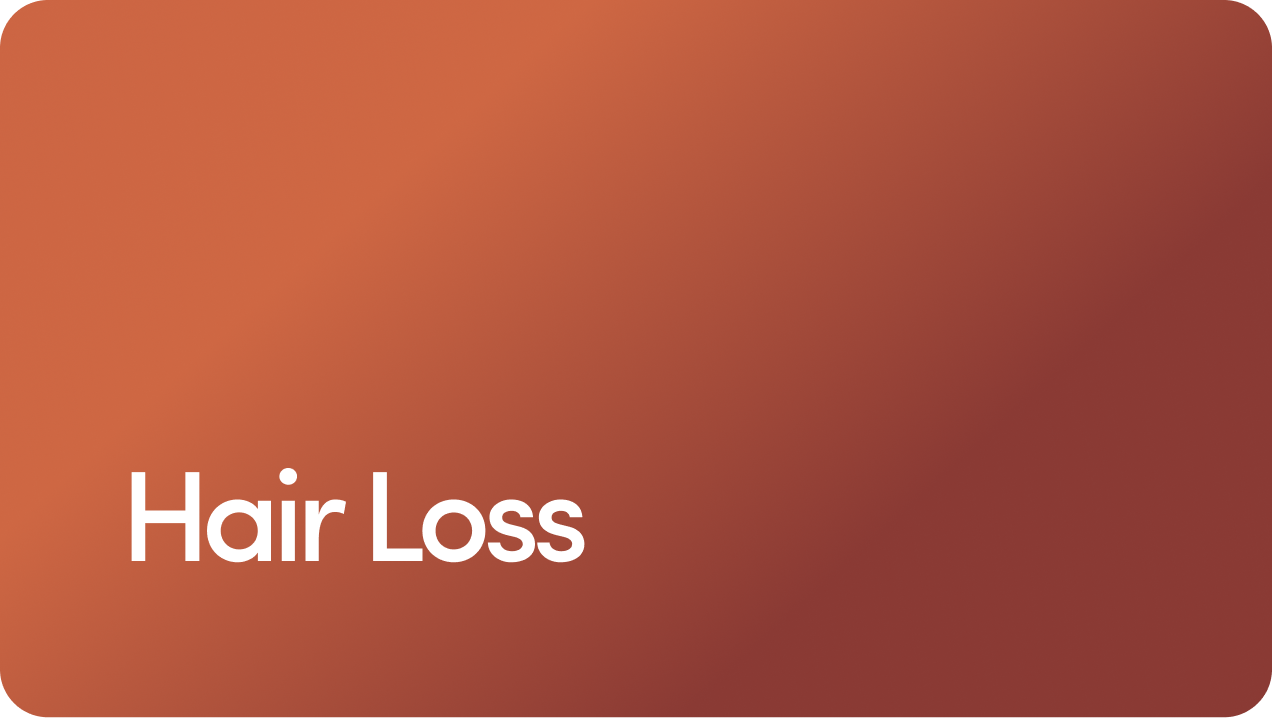 Hair Loss
Hair Loss
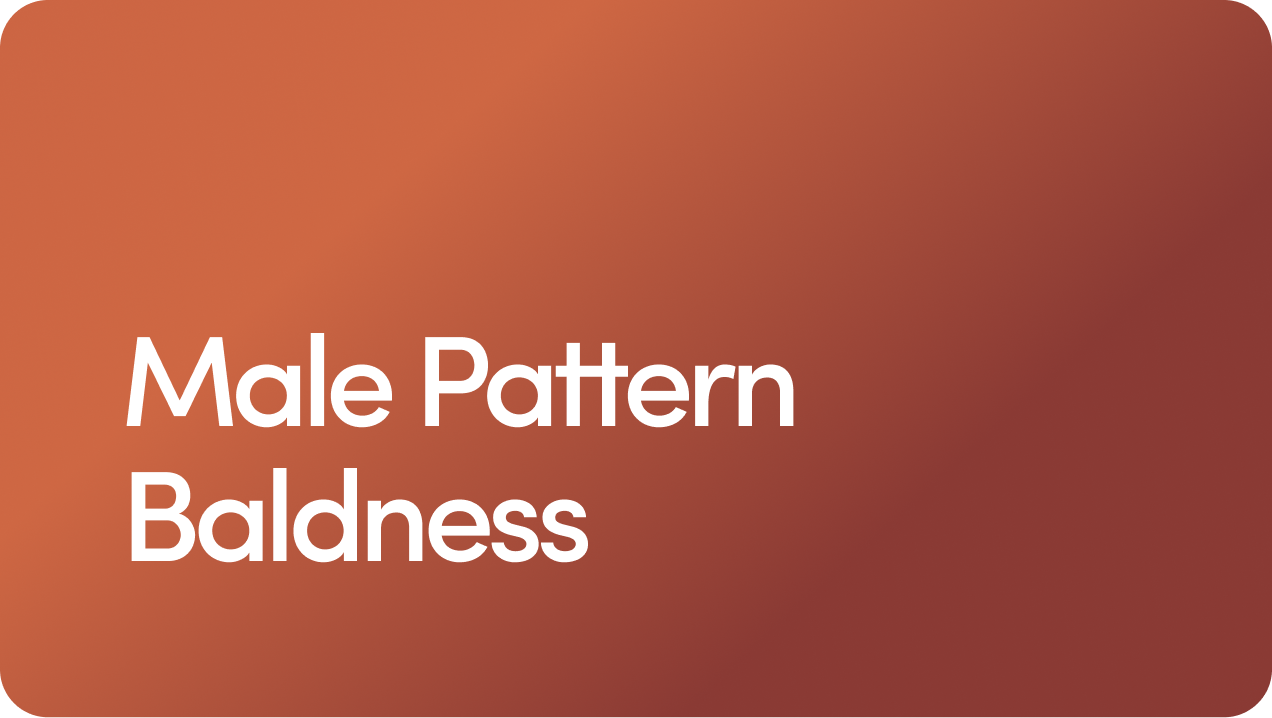 Male Pattern Baldness
Male Pattern Baldness
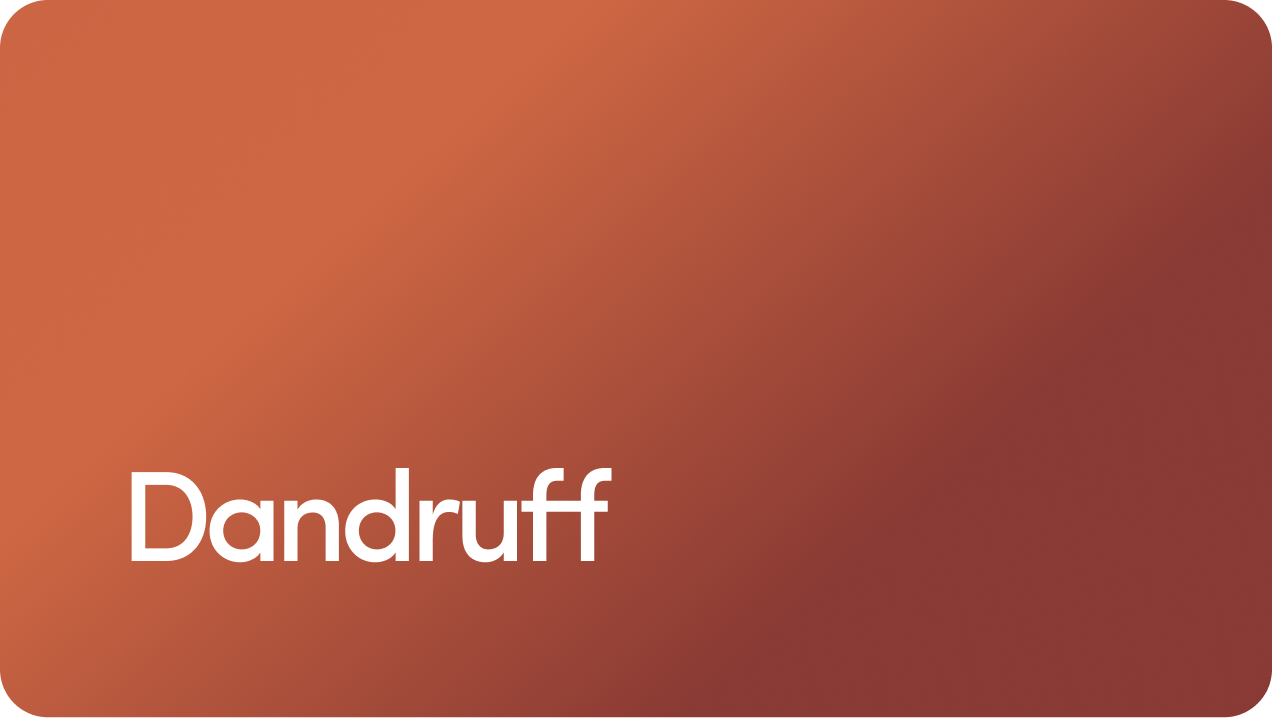 Dandruff
Dandruff
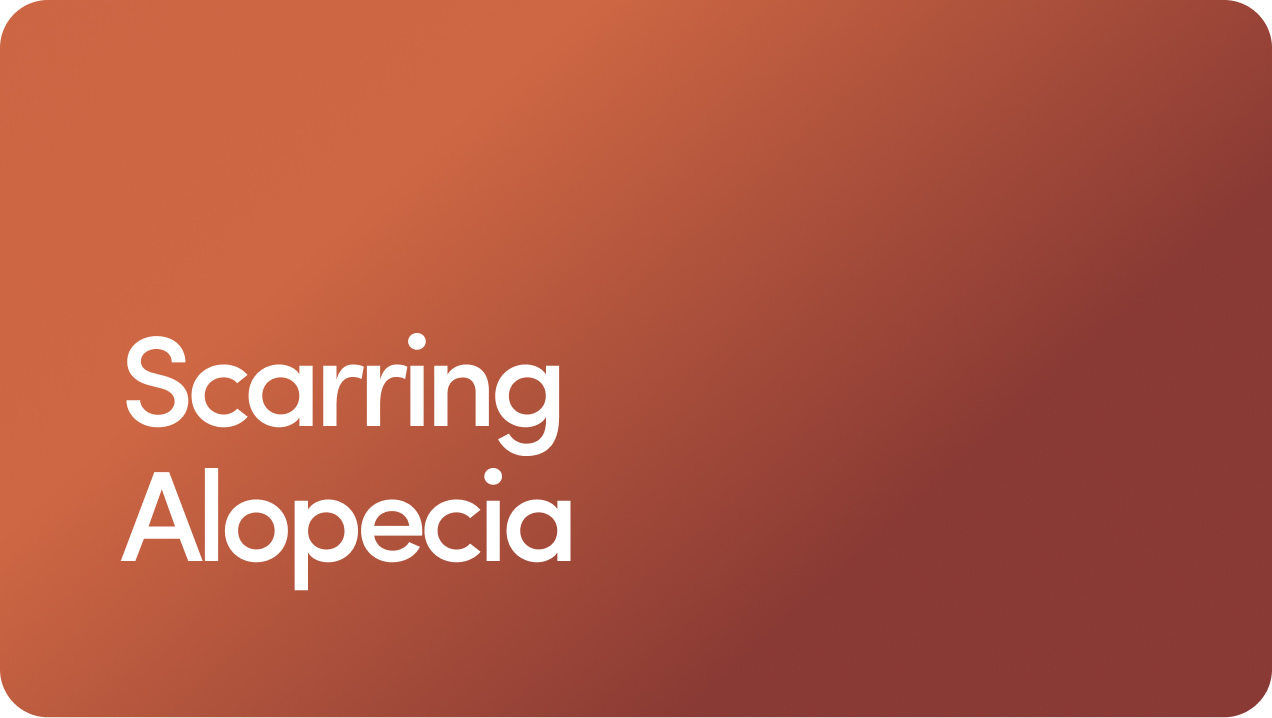 Scarring Alopecia
Scarring Alopecia
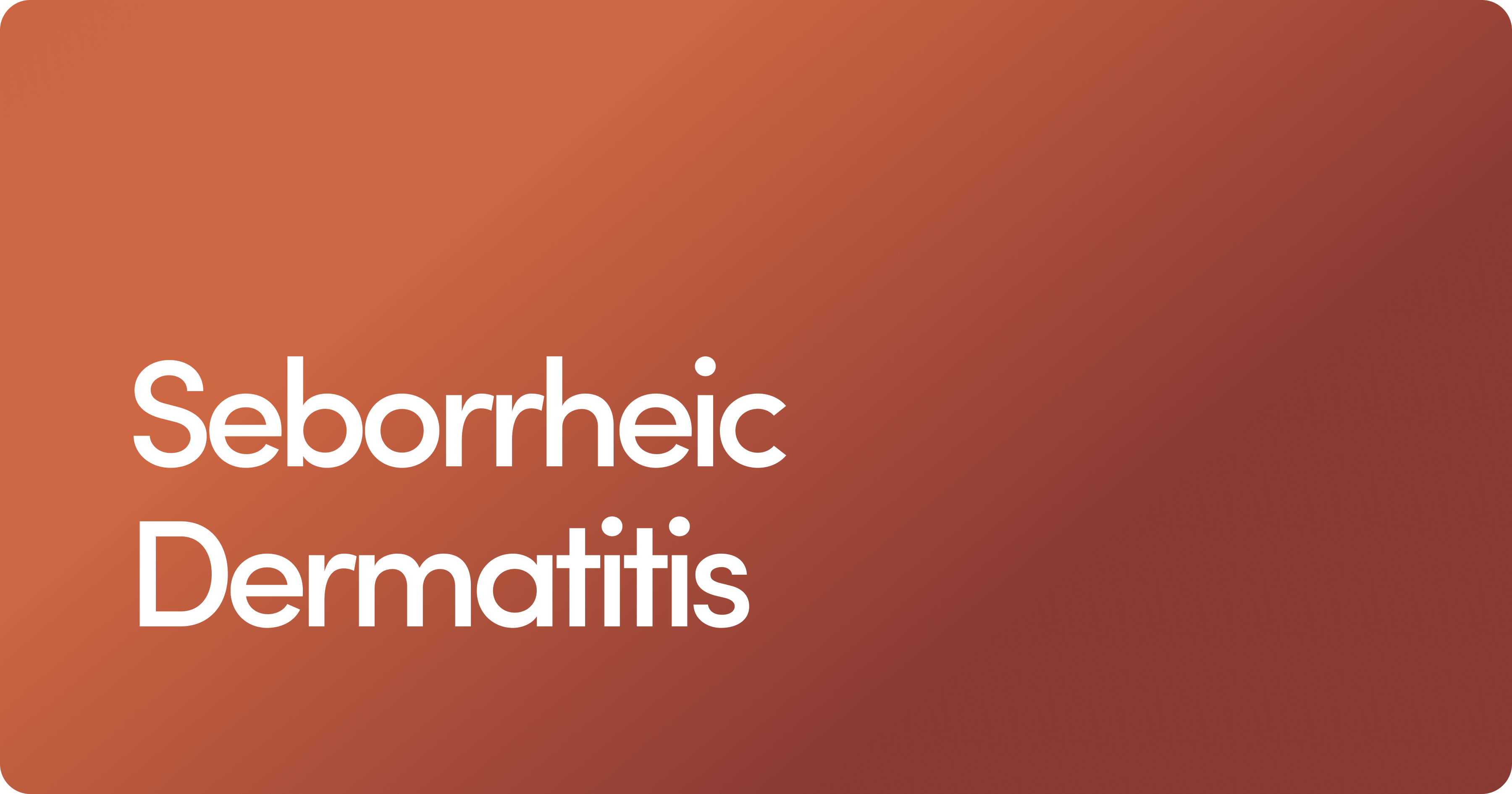 Seborrheic Dermatitis
Seborrheic Dermatitis
